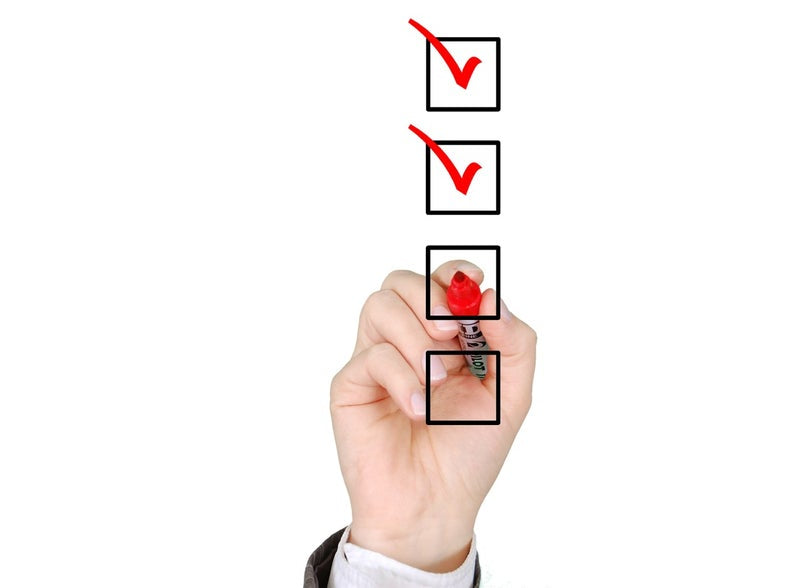*In the future, I will repost the blog about rehabilitation by occupational therapist "Aoi Hashima".
There are many ideas, improvements, and realizations that use rehabilitation knowledge, and I hope that by sharing with you, it will become the material for thinking about rehabilitation and nursing.
__________________________________________________________________________
I'm Aoi Hashima, an occupational therapist who works in Saga Sumai and Fukuoka.
When you self-train at home, have you ever wondered how to check for changes in your body?
✔️ Increased walking distance
✔️ Increase the number of squats
✔️ When standing I have been able to stand up without holding anything
From this perspective, many of you may be focusing on changes in your body.
Inpatients and outpatients sometimes ask if there are other metrics they can use to measure changes in their bodies.
This time I would like to introduce a relatively easy-to-understand indicator, which can be used both as an indicator of stroke rehabilitation and as an applied way of thinking.
10 second test
The 10-second test is used to test for fine motor deficits in cervical spine disorders such as cervical spondylosis.
With palms down, do the hold and open hands as fast as you can and count how many you can do in 10 seconds.
Hold and open your hands to bend and stretch as tightly as possible.
The healthy group had an average of 26±6.7 times, with less than 20 times suspected dexterous movement disorder (less than 20 times for the elderly, less than 25 times for the middle-aged).
There's also a report of it being used as a post-stroke hand check, and it's useful because it can be done easily anywhere and doesn't require any tools.
A week after the stroke, a 10-second test was performed on the paralyzed hand, which was reported to be related to chopstick manipulation.
In this case, the cutoff is 14 times.
10 second chair rise test
The 10-second chair lift test (Frail CS-10) is based on the 30-second chair lift test (CS-30) and modified from Murata et al.The 10-second chair standing test measures how many times you can stand and sit in 10 seconds.
The 10-second chair rise test measures the number of times you sit in a chair and place your hands on your knees.
The standing position should be firm and straight.
The 10-second chair rise test is used to check frailty in frail older adults, and there are reports that it is also used in post-stroke patients.
When comparing post-stroke quadriceps strength to the 10-second chair-stand test, the 10-second chair-stand test was reported to be associated with balance function, walking, and activities of daily living.
It has also been reported that it is used as a standard for inpatients in rehabilitation wards to walk independently in the ward.
In this report, subjects included not only post-stroke patients, but also those with disuse syndrome and musculoskeletal disorders.
They reported that the cutoff for the 10-second chair-rise test was 2.5 times the standard that allowed independent walking in the ward.
I think it's easy to interpret as an indicator related to being hospitalized or walking at home.
If you want to do the 10-second standing test yourself, do it for the first time, if you are in the hospital, the rehabilitation staff is in charge, if you live at home, visit the rehabilitation staff, such as home visit rehabilitation or day care. Please contact us.
At the end
This time we introduce two easy-to-understand indicators.
If you decide to check monthly, check every six months, etc. and log it, I think it will be an indicator of how your body is changing.
I hope this information is helpful to you.
Citations/references
1) K Ono et al. Myelopathy hand. New clinical symptoms of cervical spinal cord injury. J Bone Joint Surg Br 1987Mar;69(2)
New clinical symptoms of hand and cervical spinal cord injury in myelopathy - PubMed
Characteristic dysfunction of the hand has been observed in various cervical spine disorders when the spinal cord is involved.
association
pubmed.ncbi.nlm.nih.gov
2) Ken Kondo et al.: Prognostic prediction of independent chopstick movement in the paralyzed dominant hand using upper extremity functional assessment in acute stroke patients
https://www.jstage.jst.go.jp/article/jotr/38/3/38_277/_pdf
3) Murata, S. et al.: The relationship between the 10-second chair standing test (Frail CS-10) and ADL in frail older adults. Physical Therapy Science 26(1): 101–104, 2011.
https://www.jstage.jst.go.jp/article/rika/26/1/26_1_101/_pdf
4) Mizuki Hachiya et al: Usefulness of the 10-Second Chair Ascent Test in Frail Elderly (Frail CS-10) in Hemiplegia Stroke Patients
The usefulness of the 10-second chair lift test (Frail CS-10) for the elderly and infirm in stroke patients with hemiplegia
J-STAGE
association
www.jstage.jst.go.jp
5) Hiroaki Iwase et al: Criteria for allowing independent walking in hospital wards using the Frail CS-10. Japanese Journal of Health Promotion and Physiotherapy Vol. 4. No. 3:107-112, 2014
https://www.jstage.jst.go.jp/article/hppt/4/3/4_107/_pdf/-char/ja
☆*:.。.Thank you for reading till the end.。.:*☆
────────────────────────────────────────────────────────────────────────────────── ────────────────────────────────────────────────────────────────────────────── .

